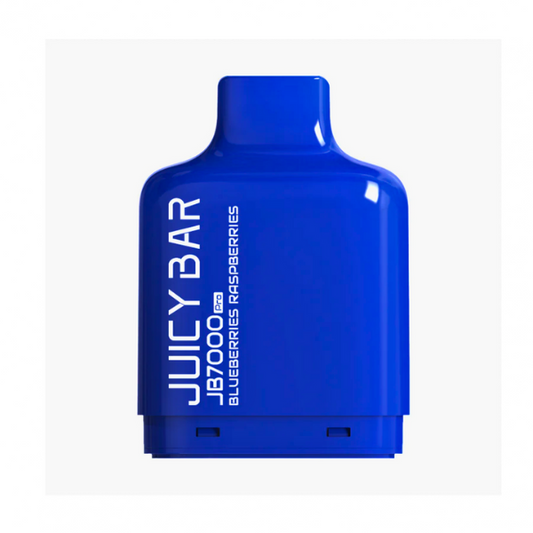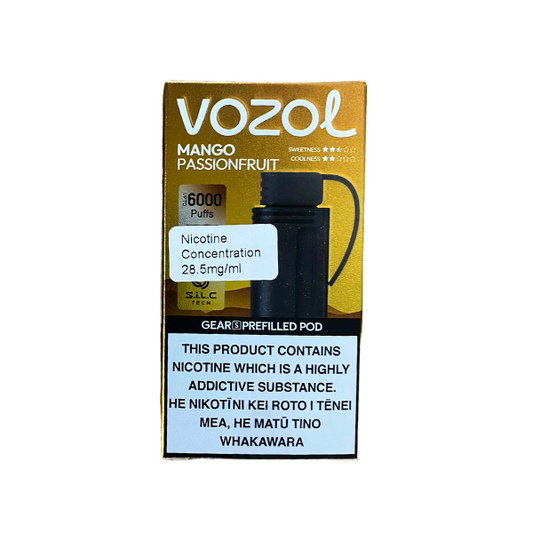Vaping vs. Vaporizing Cannabis: Understanding the Difference

When exploring different ways to use cannabis, you might come across two terms that sound quite similar: vaping and vaporizing. While they are related, they refer to different methods of consuming cannabis. In this article, we will delve into what each term means, how they work, and the key differences between them. By the end, you’ll have a clear understanding of these methods and their implications.
What is Vaping?
Vaping is a popular method of consuming cannabis and other substances. The term "vaping" is often associated with electronic cigarettes or vape pens. These devices heat a liquid, known as vape juice or e-liquid, to create a vapor that can be inhaled. The liquid in these devices may contain nicotine, flavorings, and, in some cases, cannabis extracts.
Read more: Top 5 Best Selling Vape Flavors of 2024
How Does Vaping Work?
A typical vape pen or e-cigarette consists of three main parts: a battery, a heating element (often called an atomizer), and a tank or cartridge. Here’s a simple breakdown of the process:
- Battery: Powers the device.
- Heating Element: Heats the liquid to a temperature where it turns into vapor.
- Tank or Cartridge: Holds the vape juice or e-liquid.
When you activate the device, the battery sends power to the heating element. The heating element warms up and vaporizes the liquid, creating a cloud of vapor that you then inhale. The vapor produced can have a range of flavors and strengths depending on the vape juice used. Some vape juices contain THC or CBD, which are compounds found in cannabis, allowing users to experience the effects of cannabis through vaping.
What is Vaporizing Cannabis?
Vaporizing cannabis is a method specifically designed for consuming cannabis. Unlike vaping, which involves liquids, vaporizing involves heating the actual cannabis plant material or concentrates to a temperature where the active ingredients, such as THC and CBD, are released without burning the plant. This process creates a vapor that you can inhale. Some users prefer HHC vape products because they are believed to provide a smoother and potentially less intense experience compared to traditional THC products. Additionally, while vaporizing is different from ingesting THC tincture, both methods offer a smoke-free way to experience the effects of cannabis, appealing to those seeking healthier consumption options.
You may want to explore our collection of Dry Herb Vaporizer
How Does Vaporizing Cannabis Work?
A cannabis vaporizer is a device made specifically for heating cannabis. It comes in various forms, including portable vaporizers and desktop models. Here’s how it generally works:
- Heating Chamber: Place the cannabis flower or concentrate in the chamber.
- Temperature Control: Set the device to a specific temperature. This temperature is high enough to vaporize the cannabinoids but not so high that it causes combustion.
- Vapor Production: The device heats the cannabis, releasing the active ingredients into a vapor that you inhale.
By avoiding combustion, vaporizing ensures that you get the benefits of the cannabis without inhaling harmful smoke and toxins.
Key Differences Between Vaping and Vaporizing Cannabis
While vaping and vaporizing may sound similar, there are significant differences between the two methods. Here’s a closer look:
1. Material Used
- Vaping: Typically involves e-liquids or vape juices. These liquids may contain nicotine, flavorings, and sometimes cannabis extracts. The focus is often on the liquid rather than the cannabis plant itself.
- Vaporizing: Involves heating cannabis plant material or concentrates. The focus is on the cannabis itself, and the process extracts the cannabinoids without the need for additional liquid.
2. Devices
- Vaping: Uses devices like electronic cigarettes or vape pens. These devices are designed to heat and vaporize e-liquids. Some of our best selling vape devices are Vaporesso XROS 3, XROS 4, and UWELL Valyrian SE
- Vaporizing: Uses specific vaporizers designed for cannabis. These can be portable units or larger desktop models designed to heat cannabis at precise temperatures. We have the best quality Origin Dry Herb Vaporizer, Yocan Vaporizer and Flowermate.
3. Temperature Control
- Vaping: Vape pens often have limited or no temperature control. The temperature is usually set to create vapor from the liquid but not always adjustable.
- Vaporizing: Many cannabis vaporizers offer precise temperature control, allowing users to select the exact temperature needed to vaporize cannabinoids effectively. This helps in maximizing the efficiency of the cannabis used.
Read More: Best Vape Pod with Refillable Catridges in 2024
4. Health Impact
- Vaping: Although vaping is generally considered less harmful than smoking, it can still expose users to potentially harmful chemicals found in some e-liquids, especially those containing nicotine.
- Vaporizing: Considered a healthier option for consuming cannabis since it avoids combustion. This means no harmful tar or carcinogens are produced, resulting in a cleaner inhalation experience.
Benefits of Vaporizing Cannabis
Vaporizing cannabis has several advantages, particularly for those who are health-conscious or looking for an optimal cannabis experience:
- Healthier Consumption: By avoiding combustion, vaporizing helps prevent inhalation of harmful byproducts like tar and carcinogens.
- Enhanced Flavor: Vaporizing can preserve the natural flavors of cannabis, providing a more enjoyable taste compared to smoking or some vaping methods.
- Efficiency: Vaporizers can extract cannabinoids more efficiently, meaning that you might need less cannabis to achieve the desired effects.
The Rise of HHC Vape
Recently, a new trend has emerged in the world of vaping: HHC (Hexahydrocannabinol) vape products. HHC is a hydrogenated form of THC, and it has gained attention for offering a distinct set of effects. Some users prefer HHC vape products because they are believed to provide a smoother and potentially less intense experience compared to traditional THC products. If you’re exploring different vaping options, you might want to consider trying an HHC vape to see if it suits your preferences.
Conclusion
While both vaping and vaporizing involve inhaling cannabis-derived vapor, they diverge significantly in their approaches and outcomes. Vaping primarily uses e-liquids and vape pens, offering convenience but potentially exposing users to additives and chemicals. In contrast, vaporizing focuses on heating cannabis directly, providing a cleaner inhalation experience by avoiding combustion and preserving the natural flavors and cannabinoids of the plant. This methodical distinction makes vaporizing a preferred choice for those prioritizing health-conscious consumption and flavor preservation.




